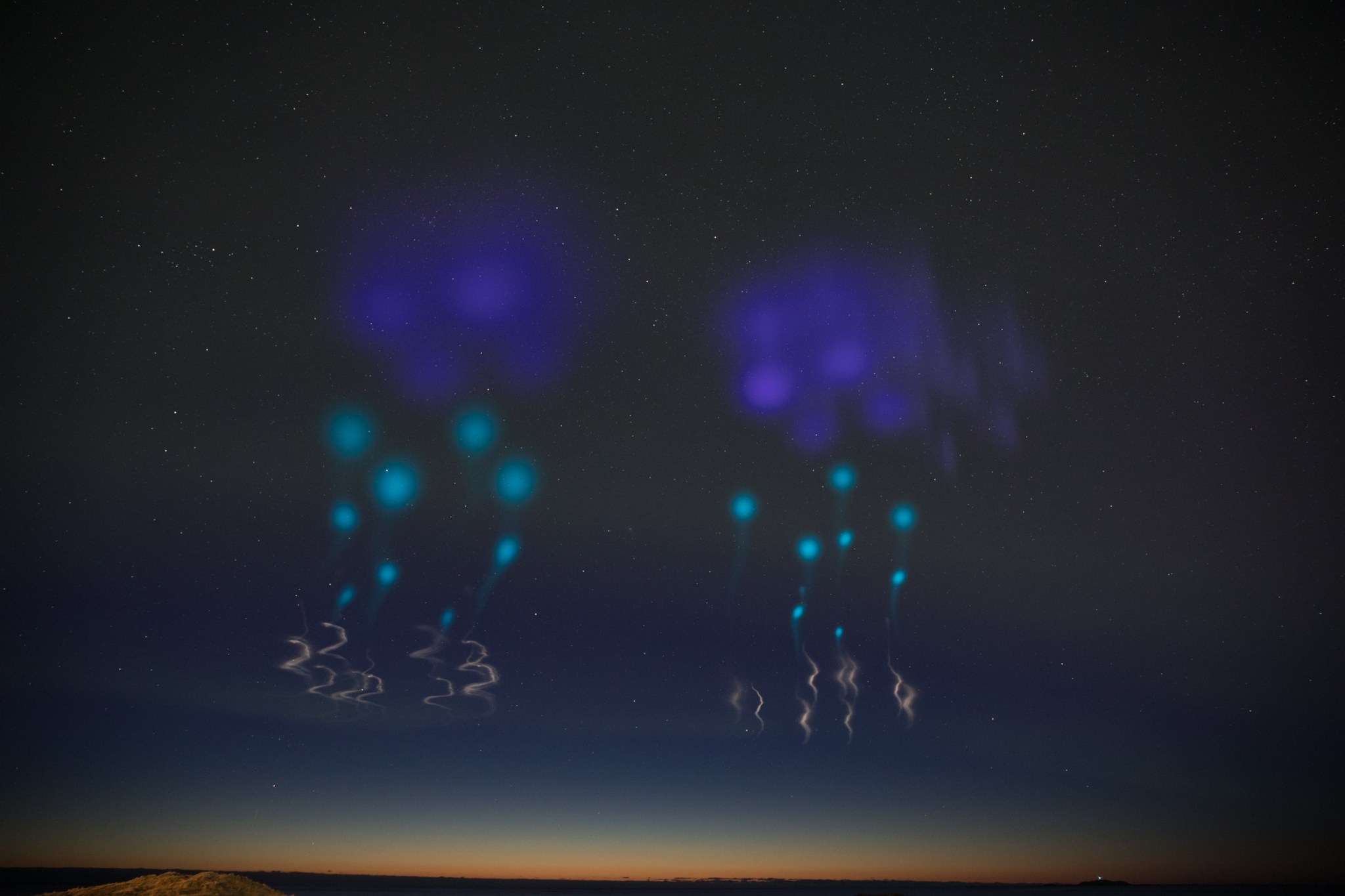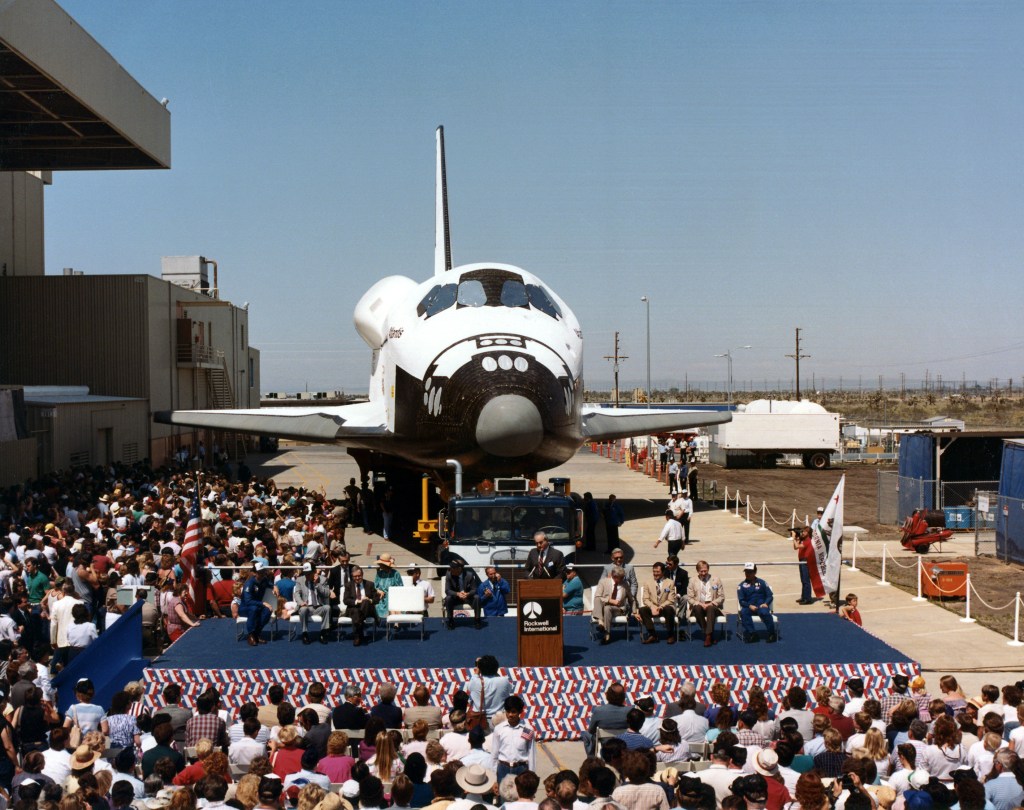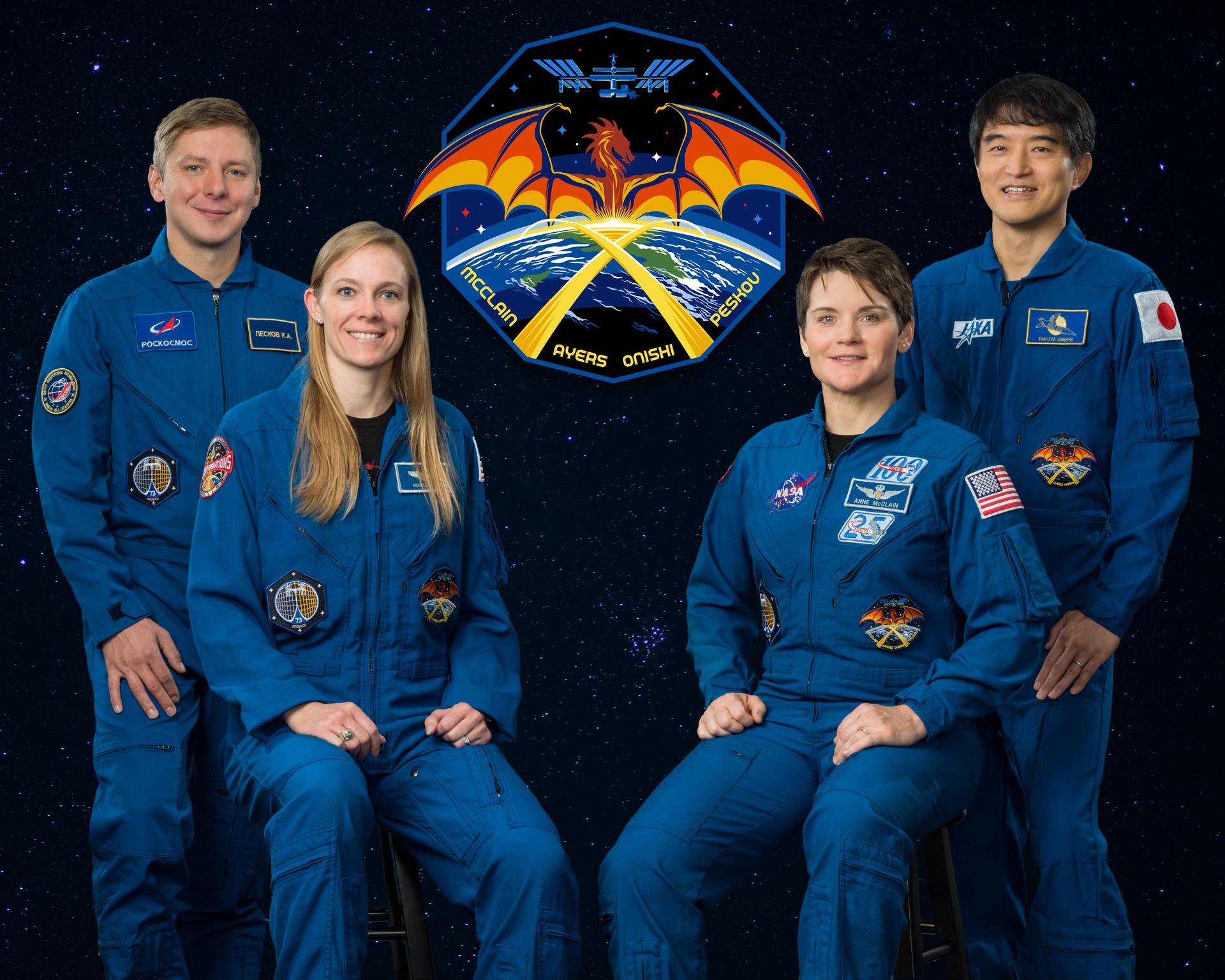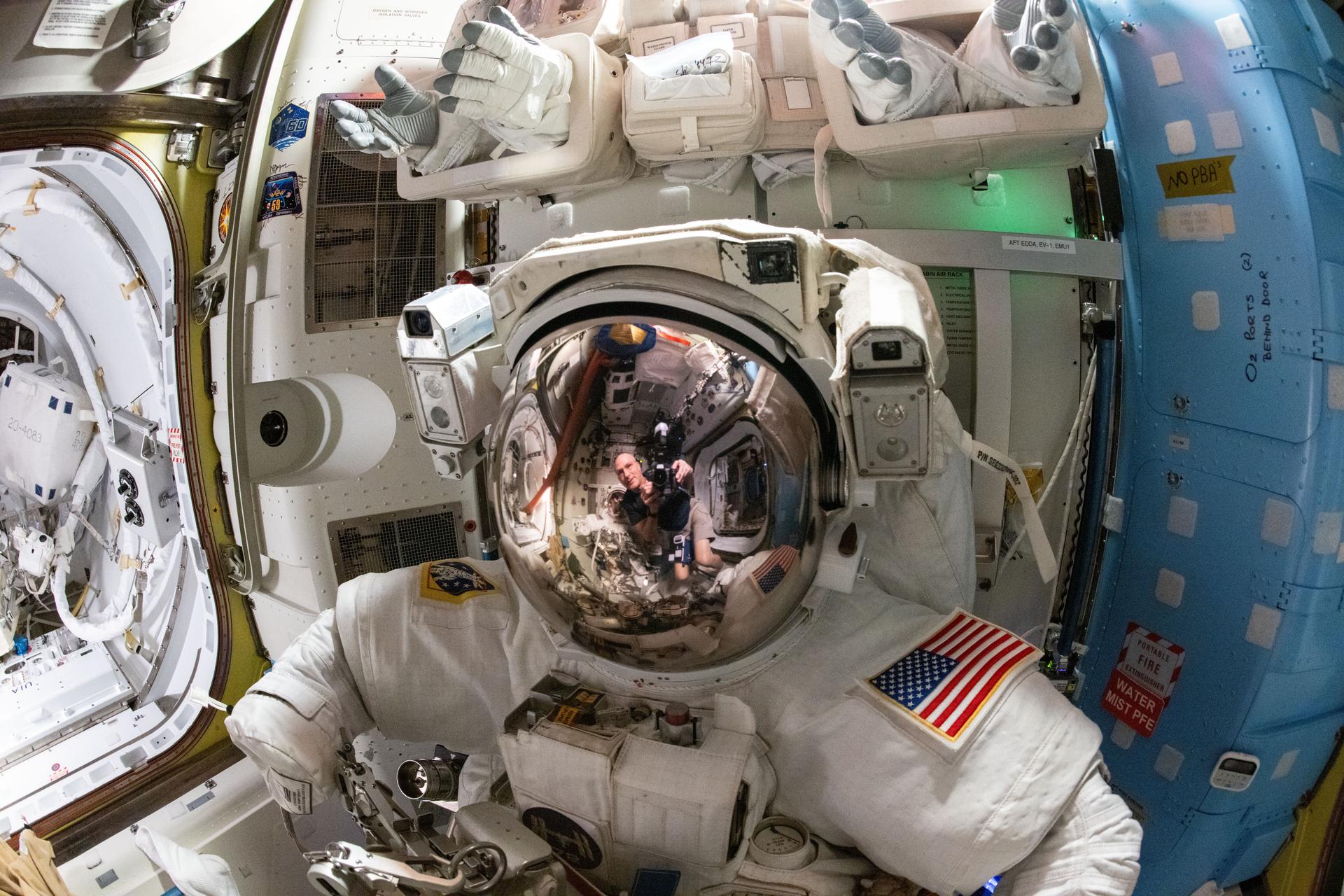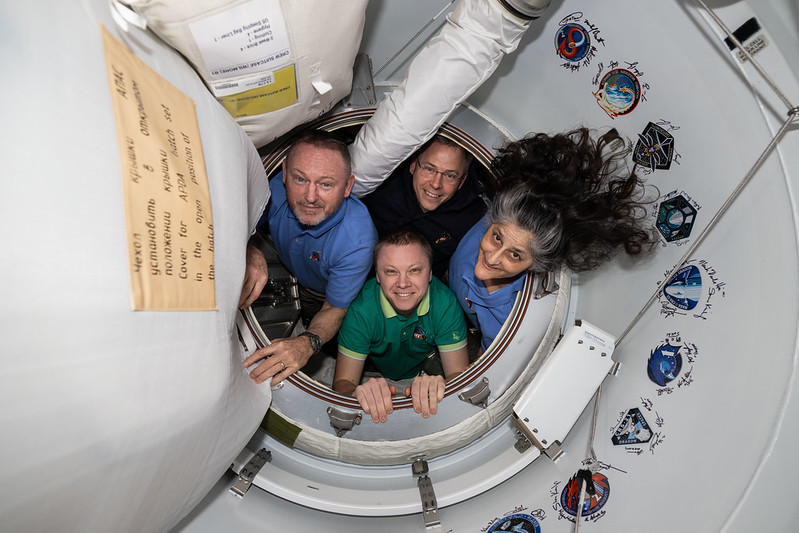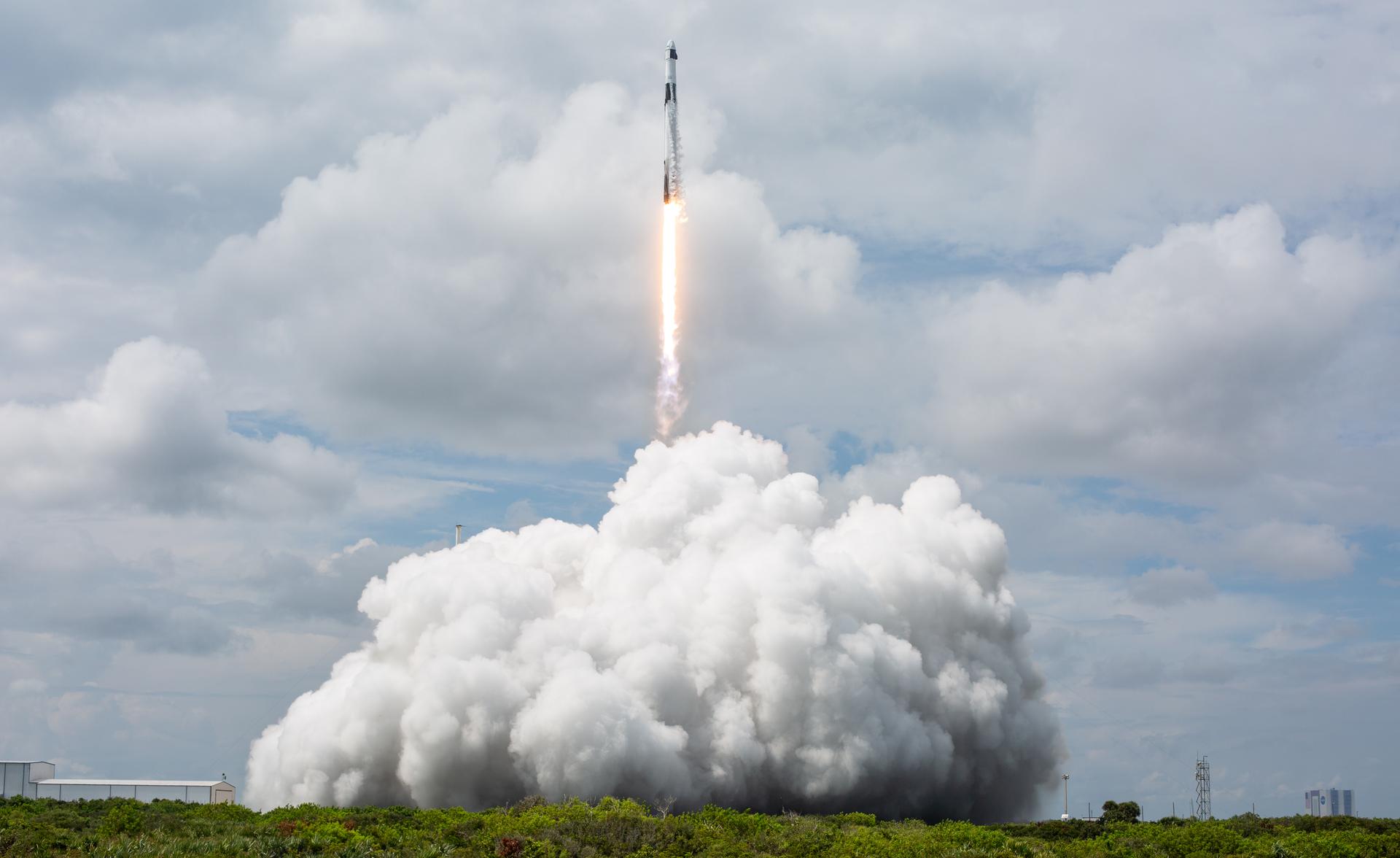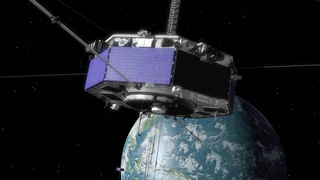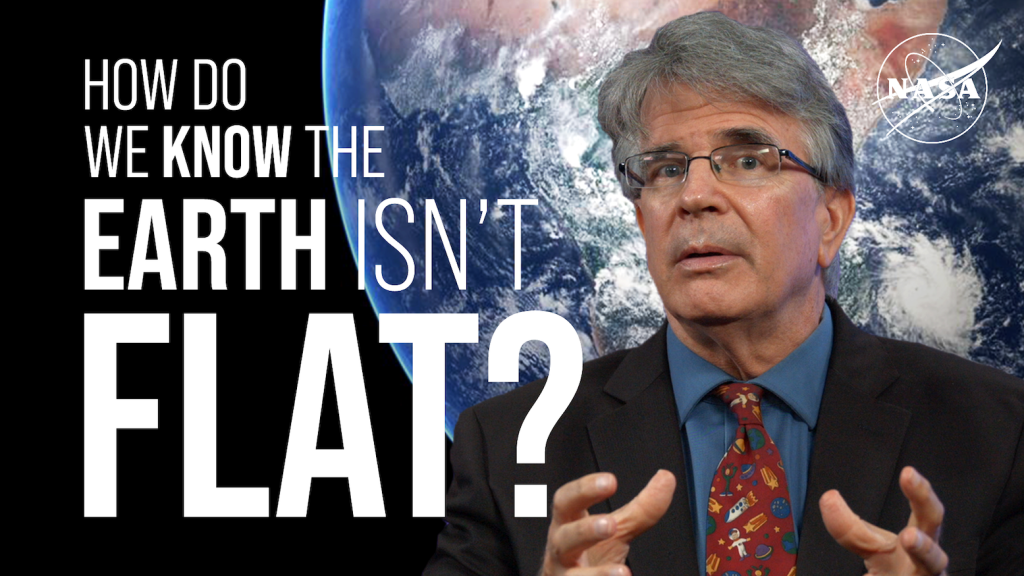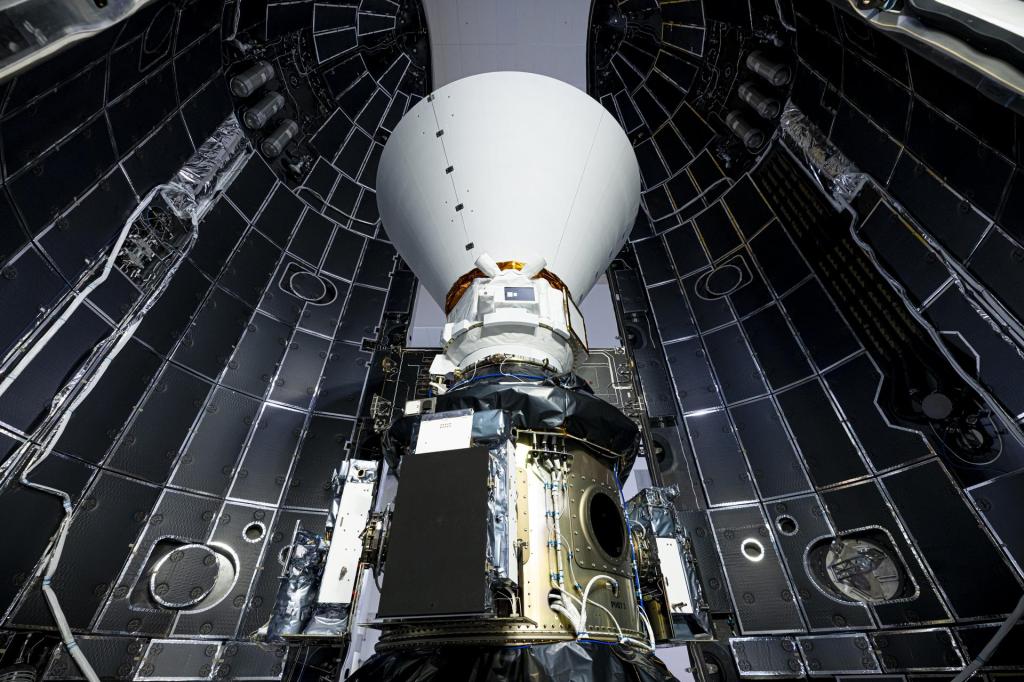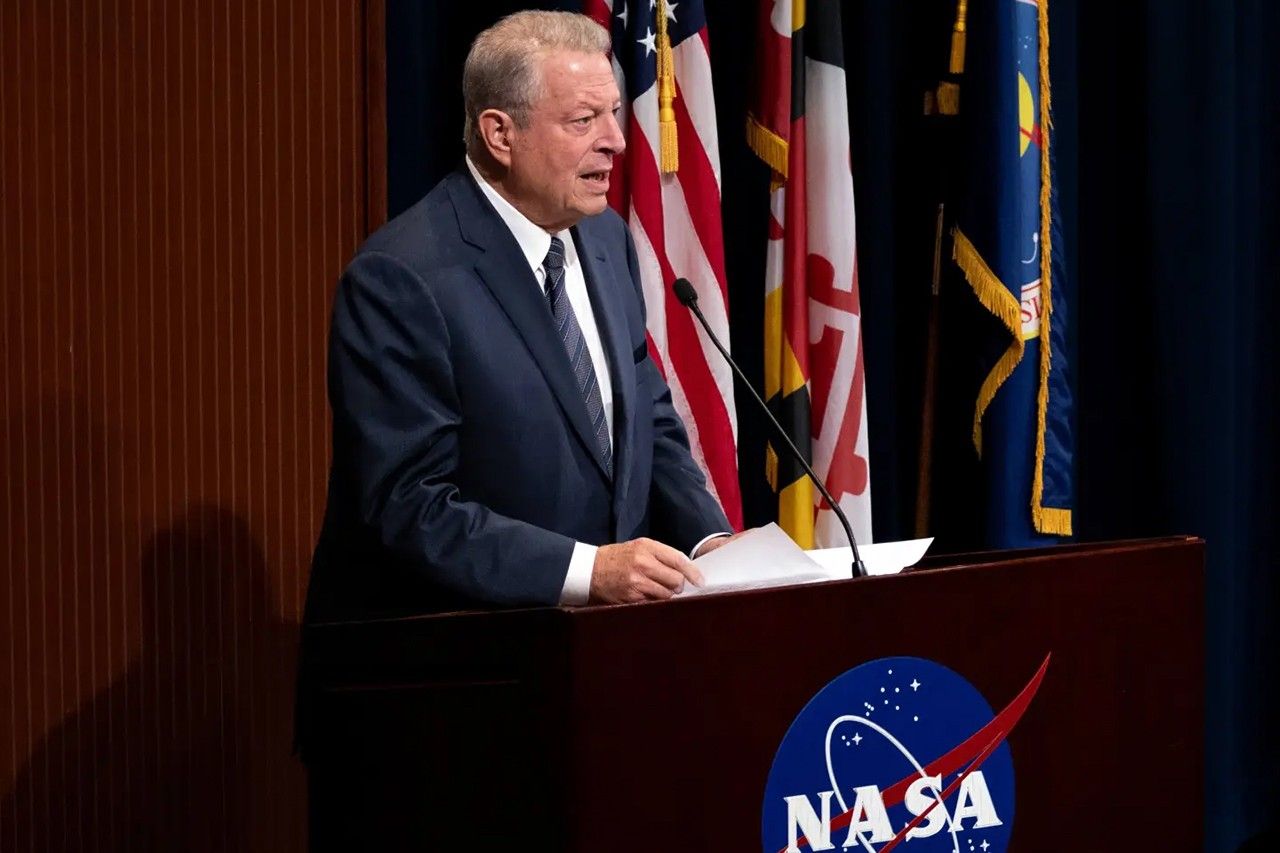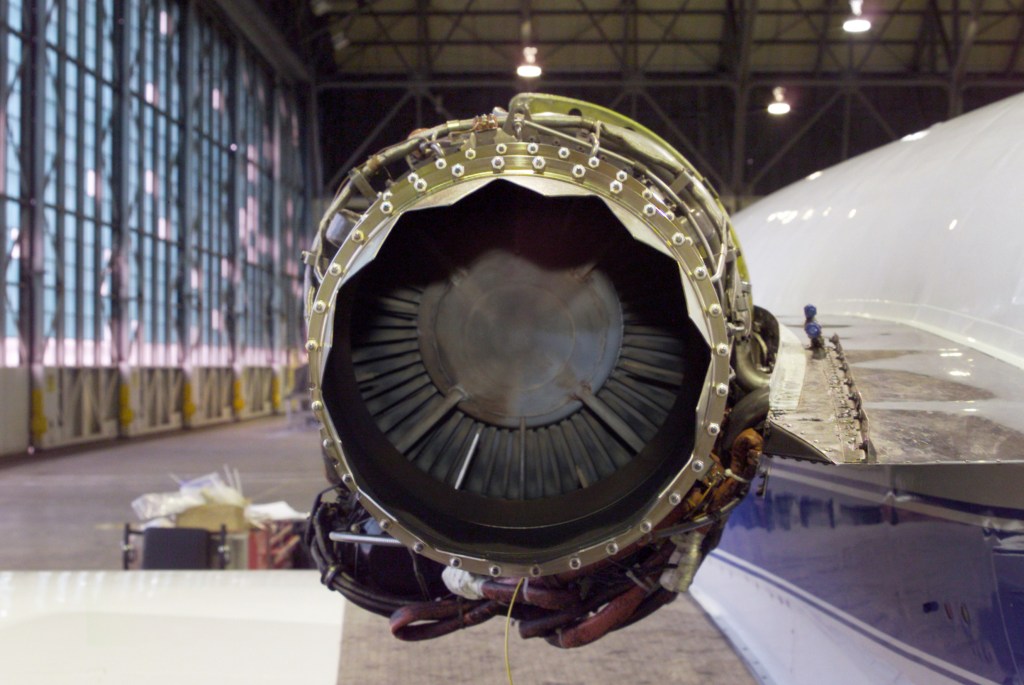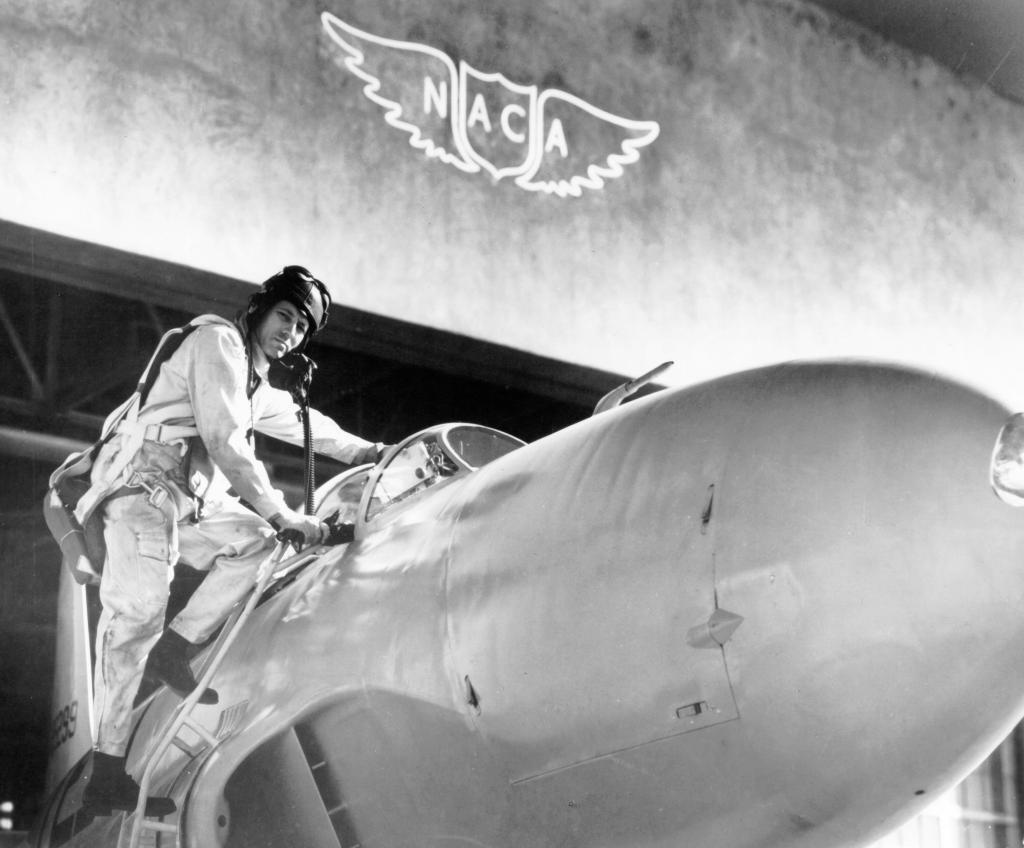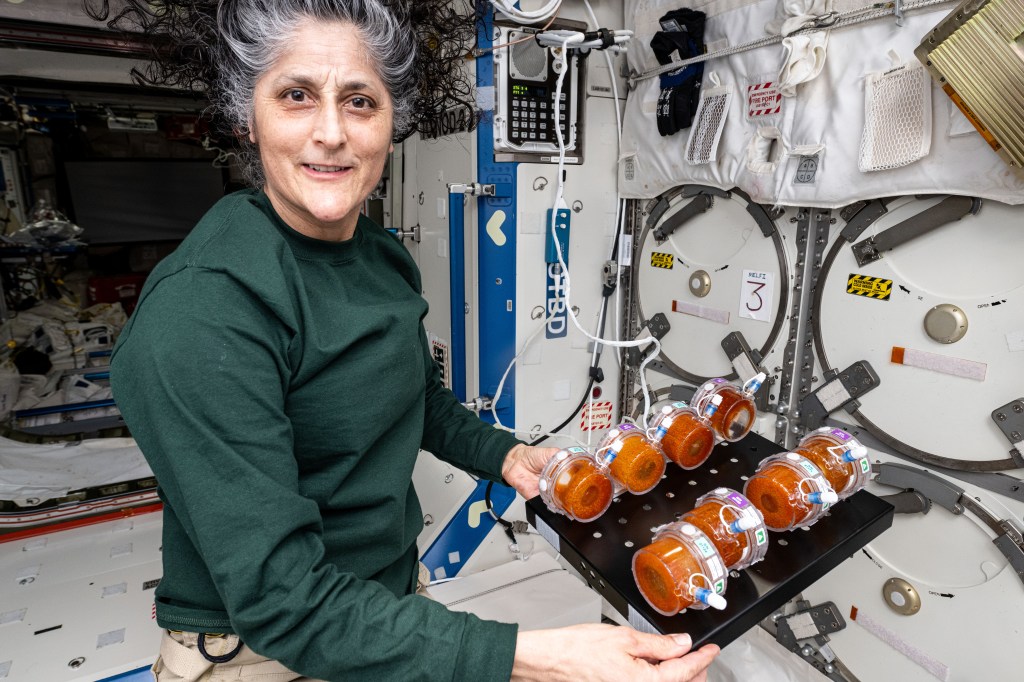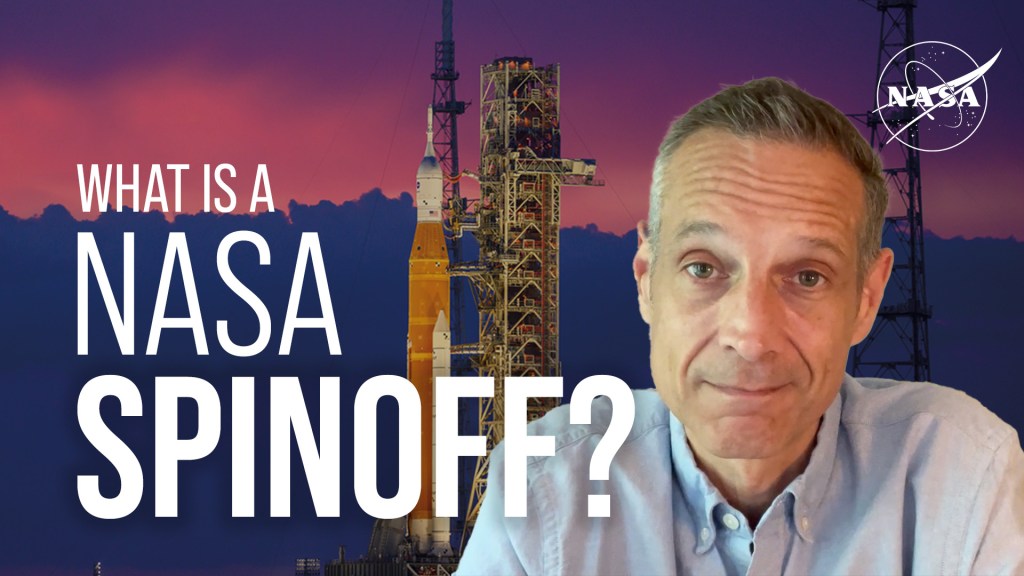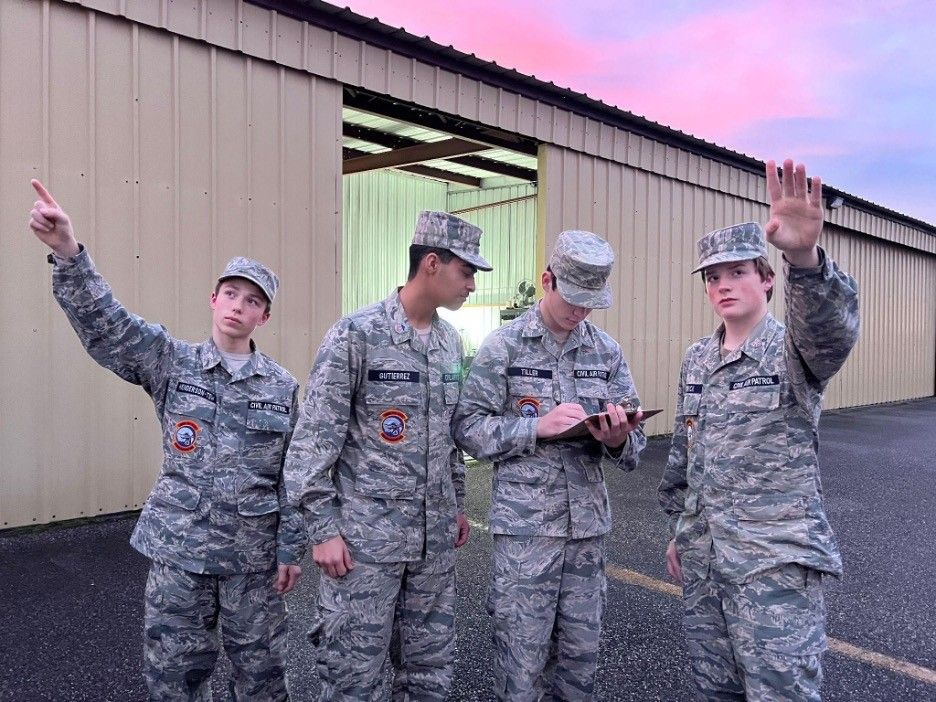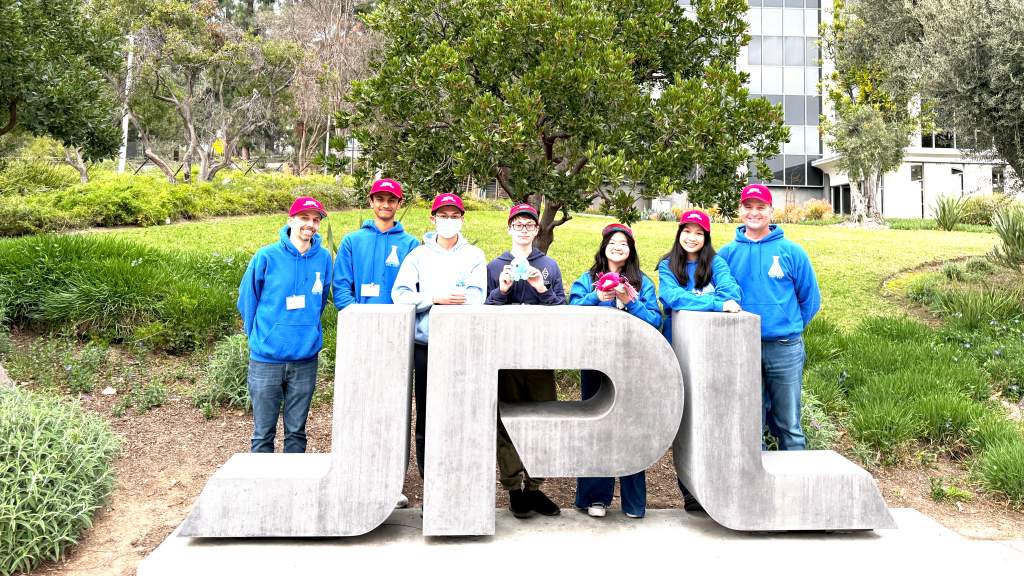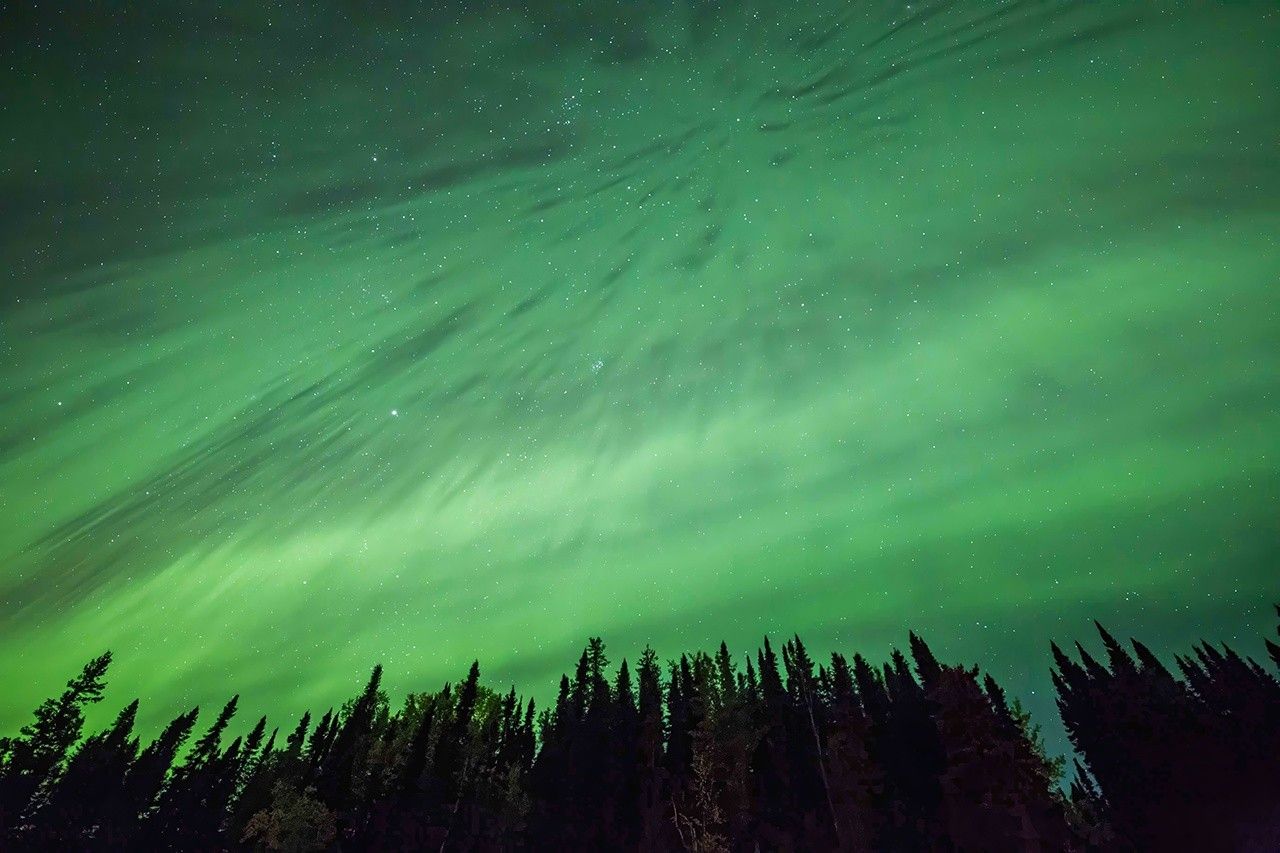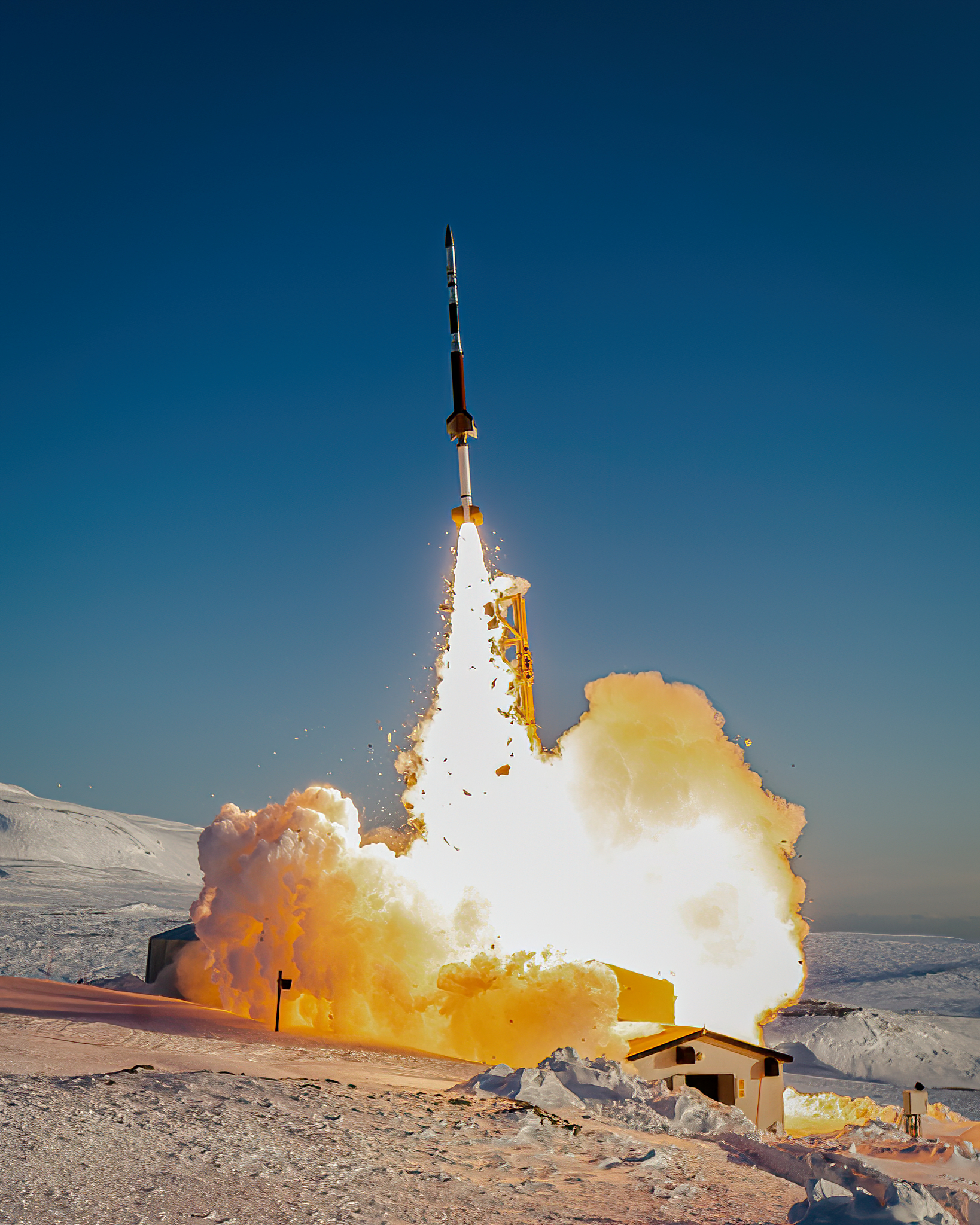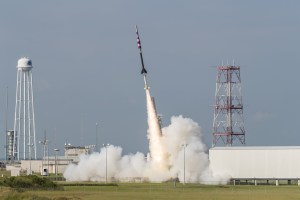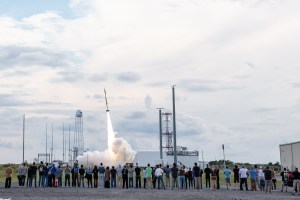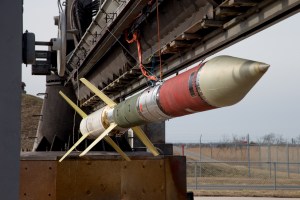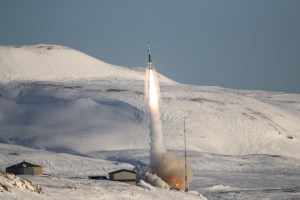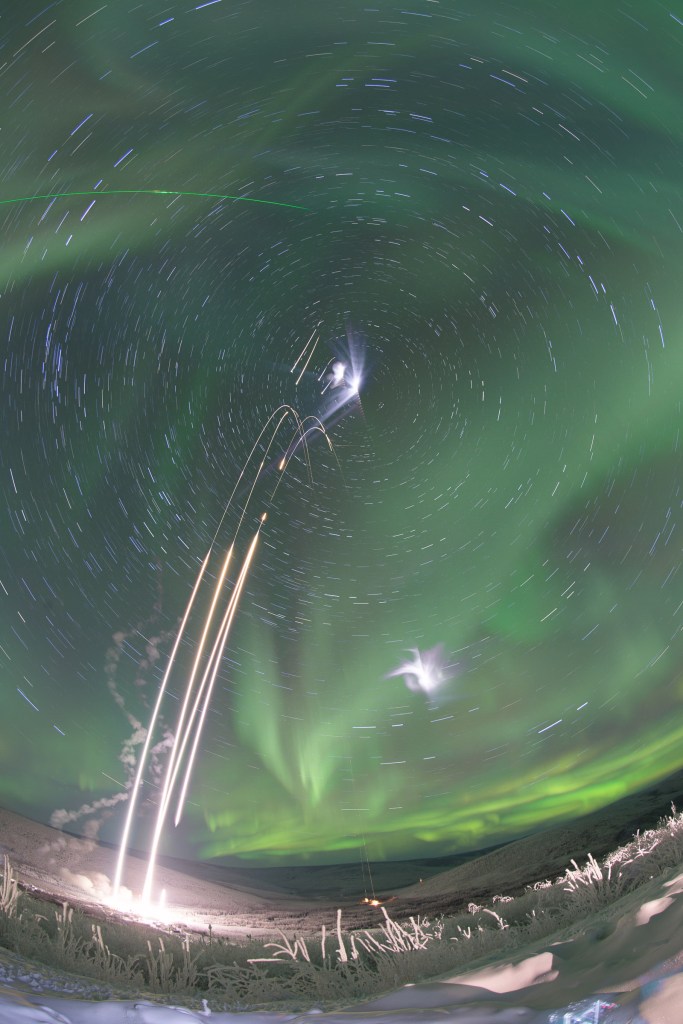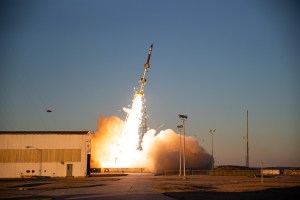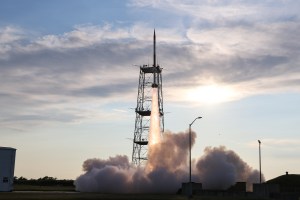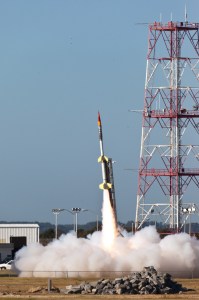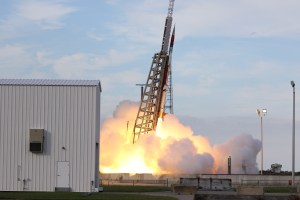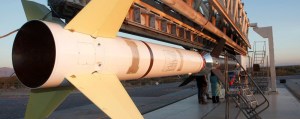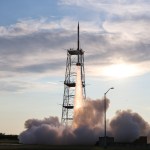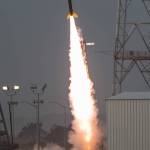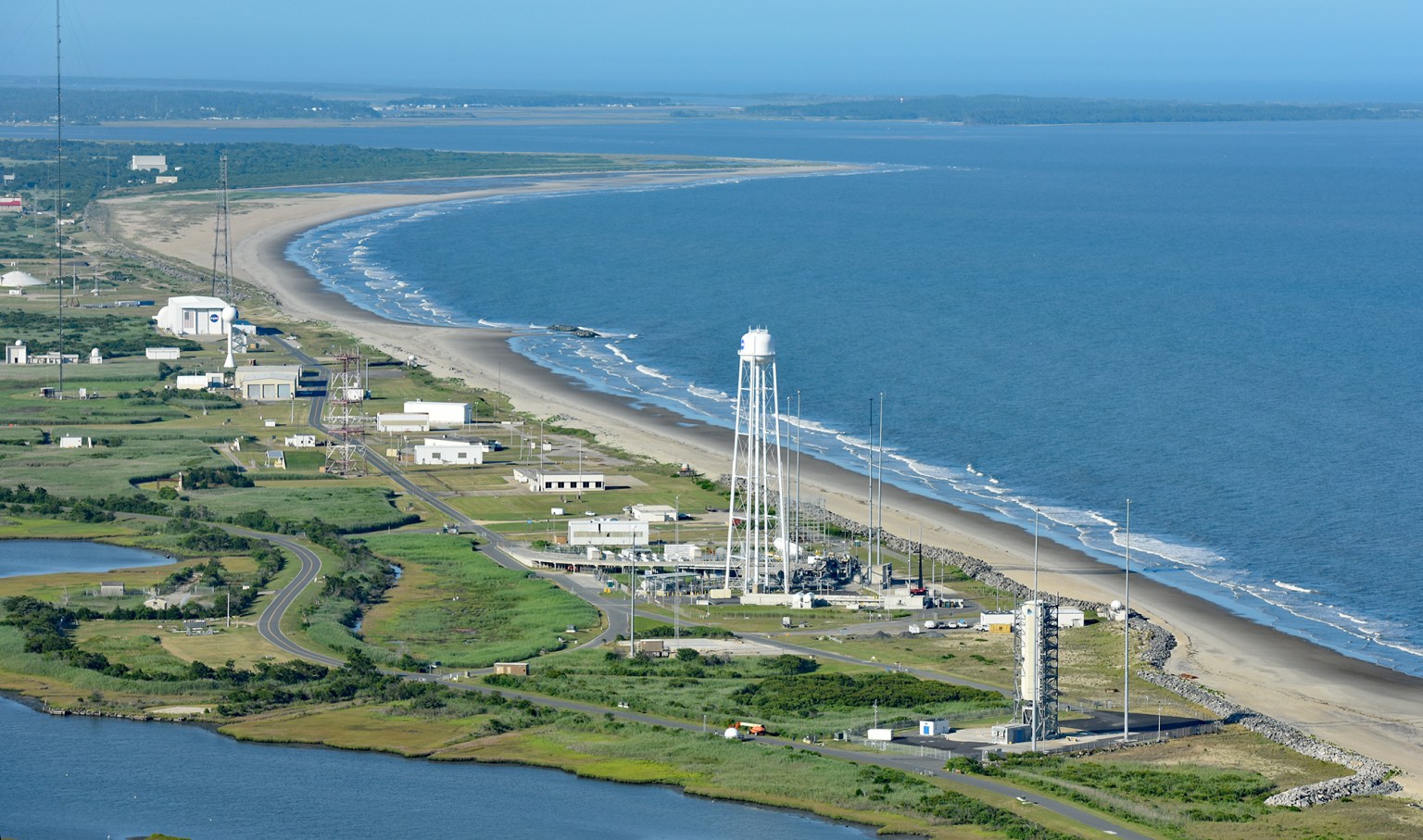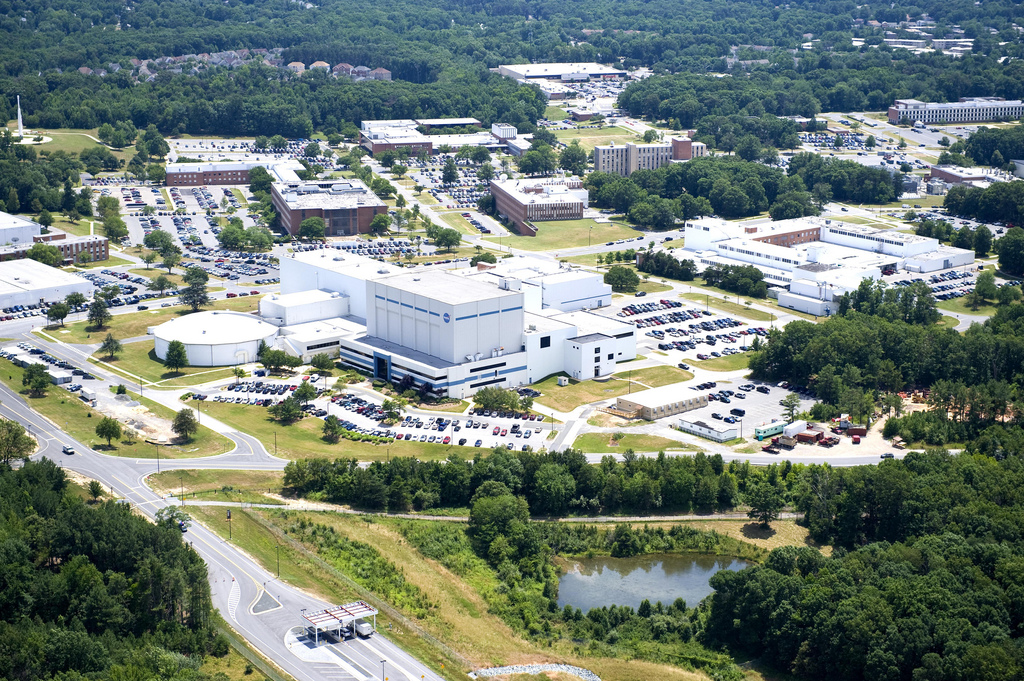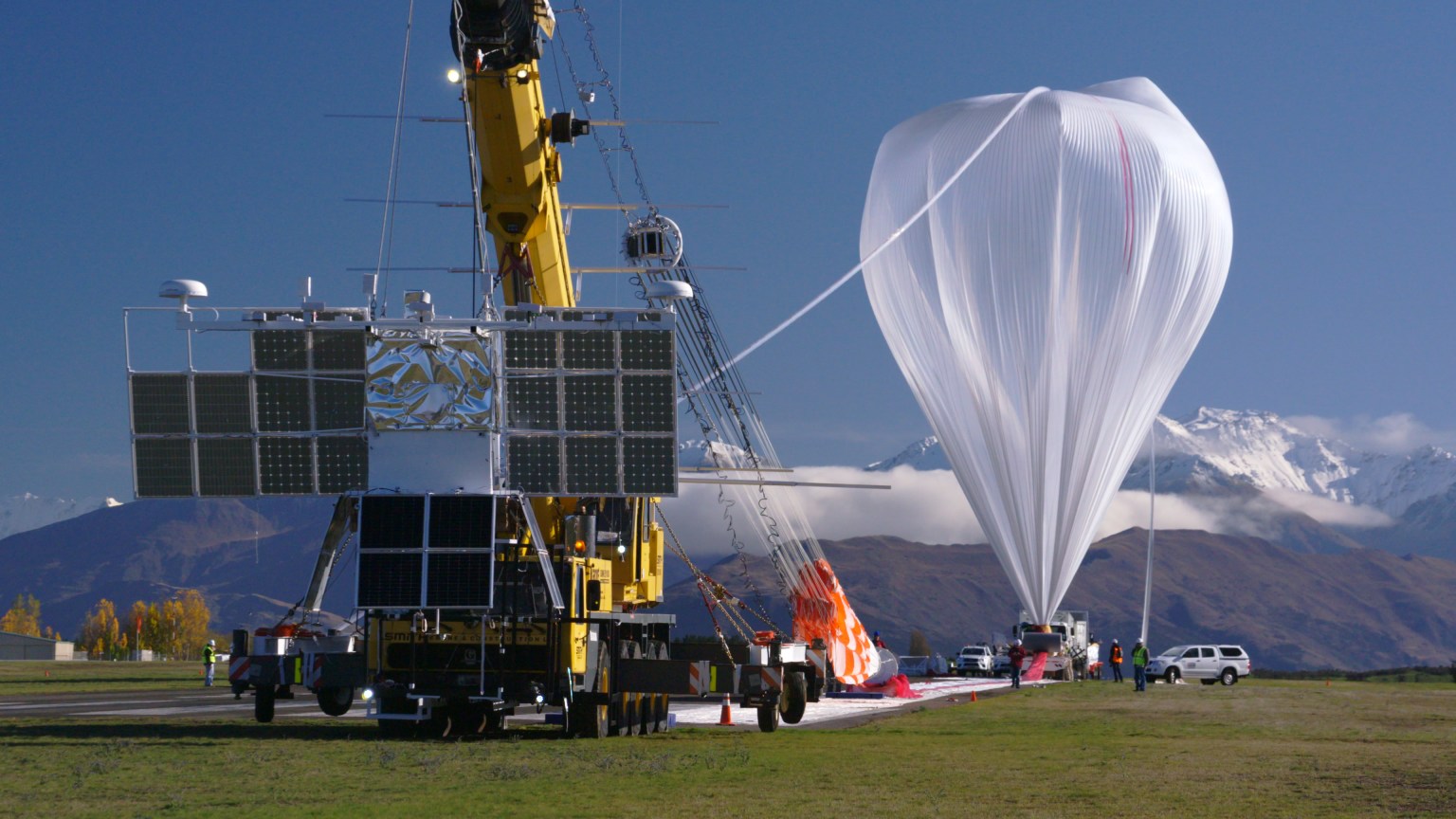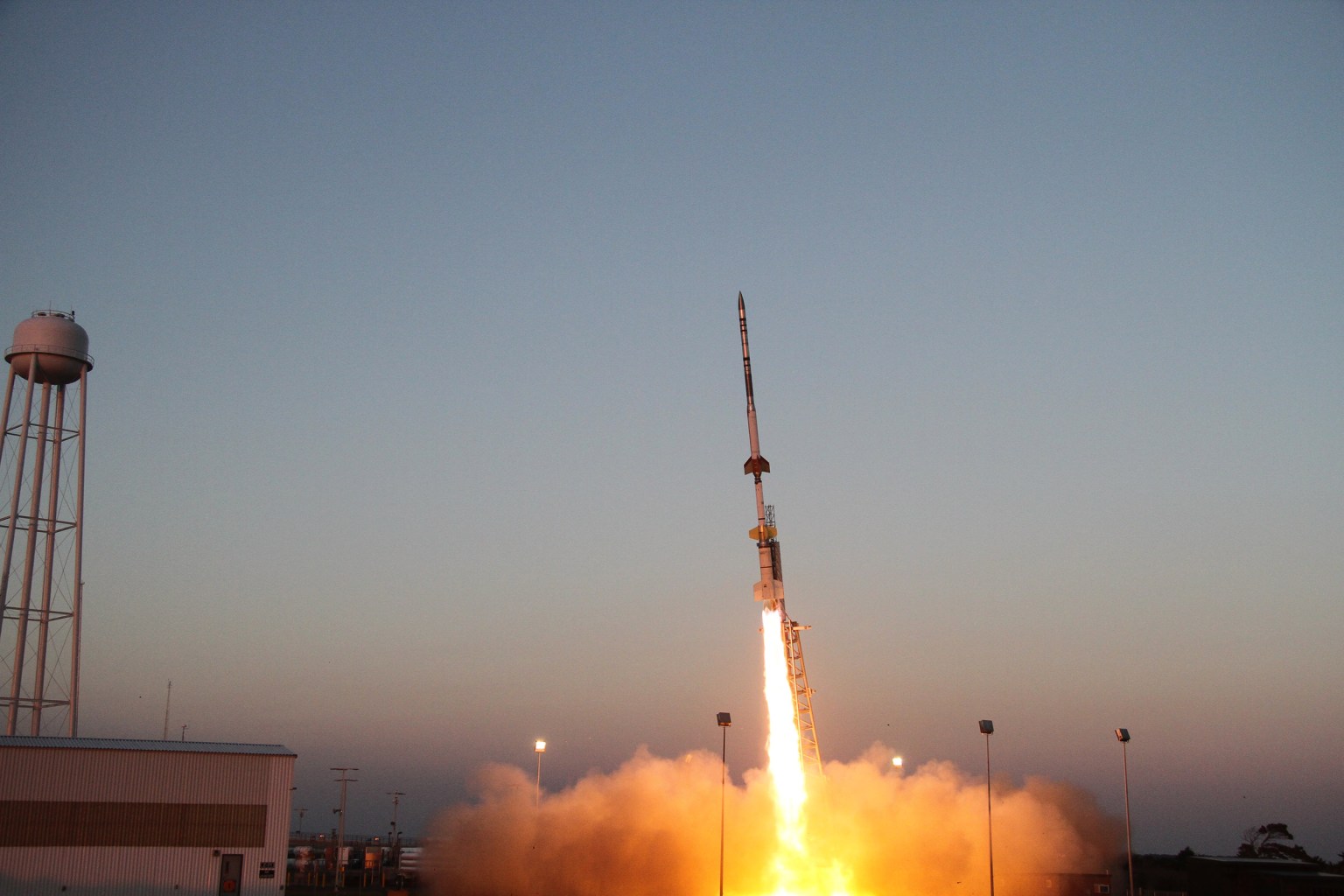
Sounding Rockets
For over 40 years the Sounding Rocket Program has provided critical scientific, technical, and educational contributions to the nation’s space program and is one of the most robust, versatile, and cost-effective flight programs at NASA.
TODAY
Launches scheduled for 2025
NASA Rockets to Fly Through Flickering, Vanishing Auroras
Two NASA rocket missions are taking to the Alaskan skies in hopes of discovering why some auroras flicker, others pulsate, and still others are riddled with holes.
Learn More about NASA Rockets to Fly Through Flickering, Vanishing Auroras
Types of Sounding Rockets
Sounding rockets are small, low-cost flight opportunities to suborbital space.
Sixteen different sounding rocket vehicles, ranging from a single-stage Orion to a four-stage Black Brant XII, are available to support science research between 100 to 1400 kilometers into the atmosphere.
Read More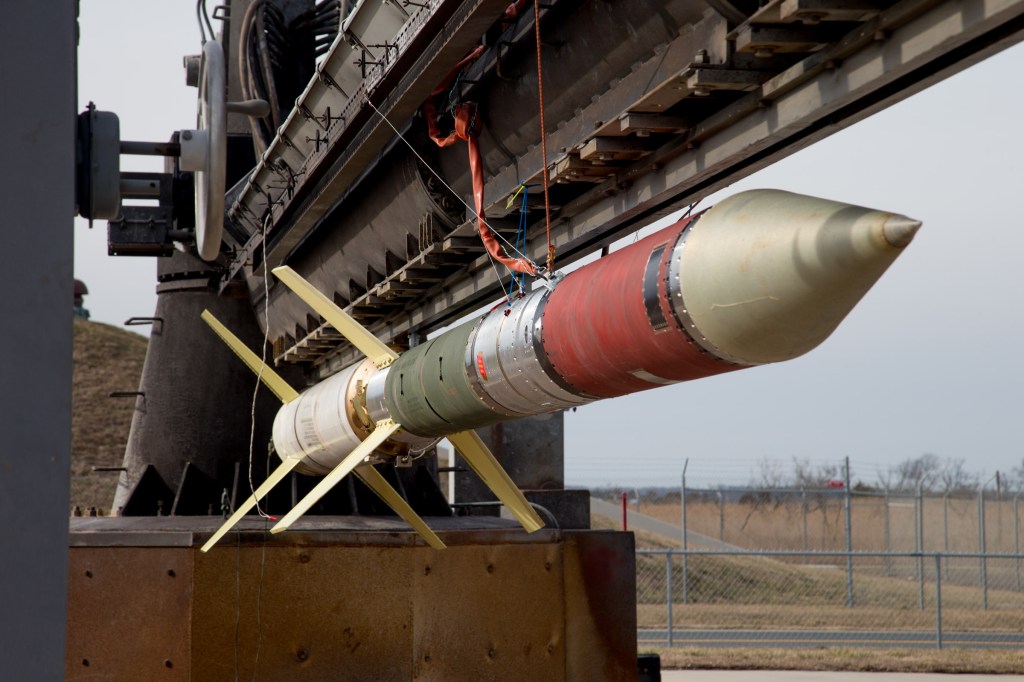
Launch Locations
Wallops goes to where the science is
Sounding rockets are launched worldwide from both permanent and remote launch ranges. Wallops supports remote launch locations with mobile range assets to be able to support missions wherever the science is needed.
Read More
Student Missions
Wallops supports numerous programs that provide community college, undergraduate, and graduate students the opportunity to build and fly an experiment.
These opportunities include flying experiments on sounding rockets, lofting on scientific balloons, and student airborne research flight opportunities.
Read More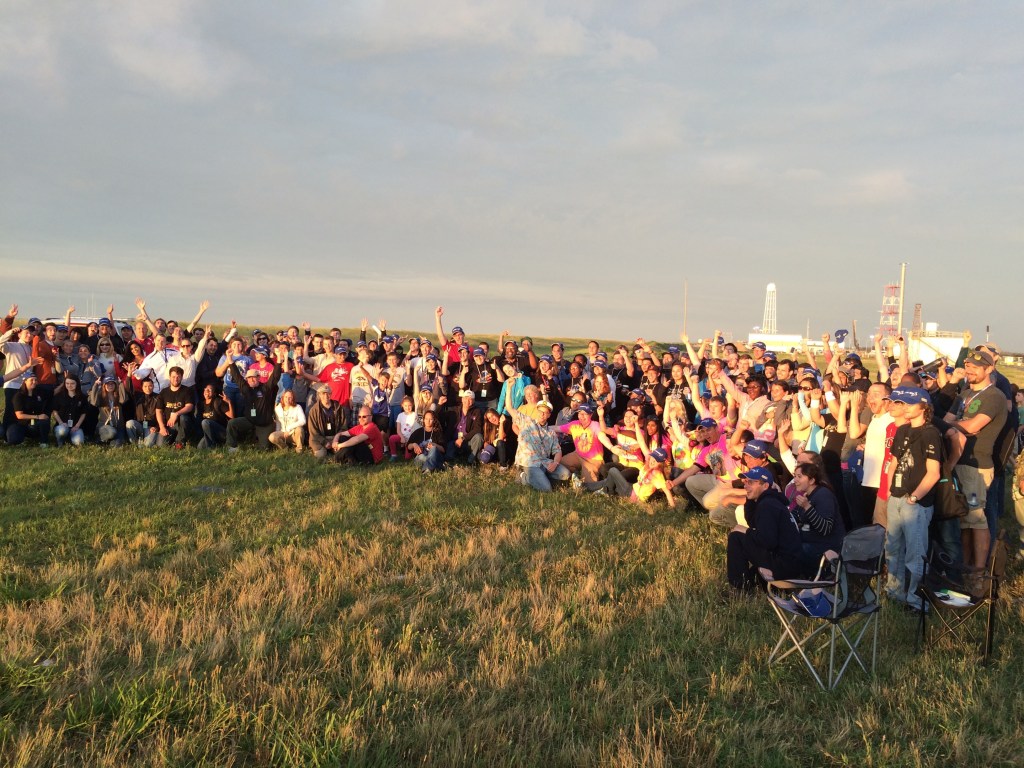
Wallops Launch Schedule
Check out the latest launches supported by Wallops.
Explore about Wallops Launch Schedule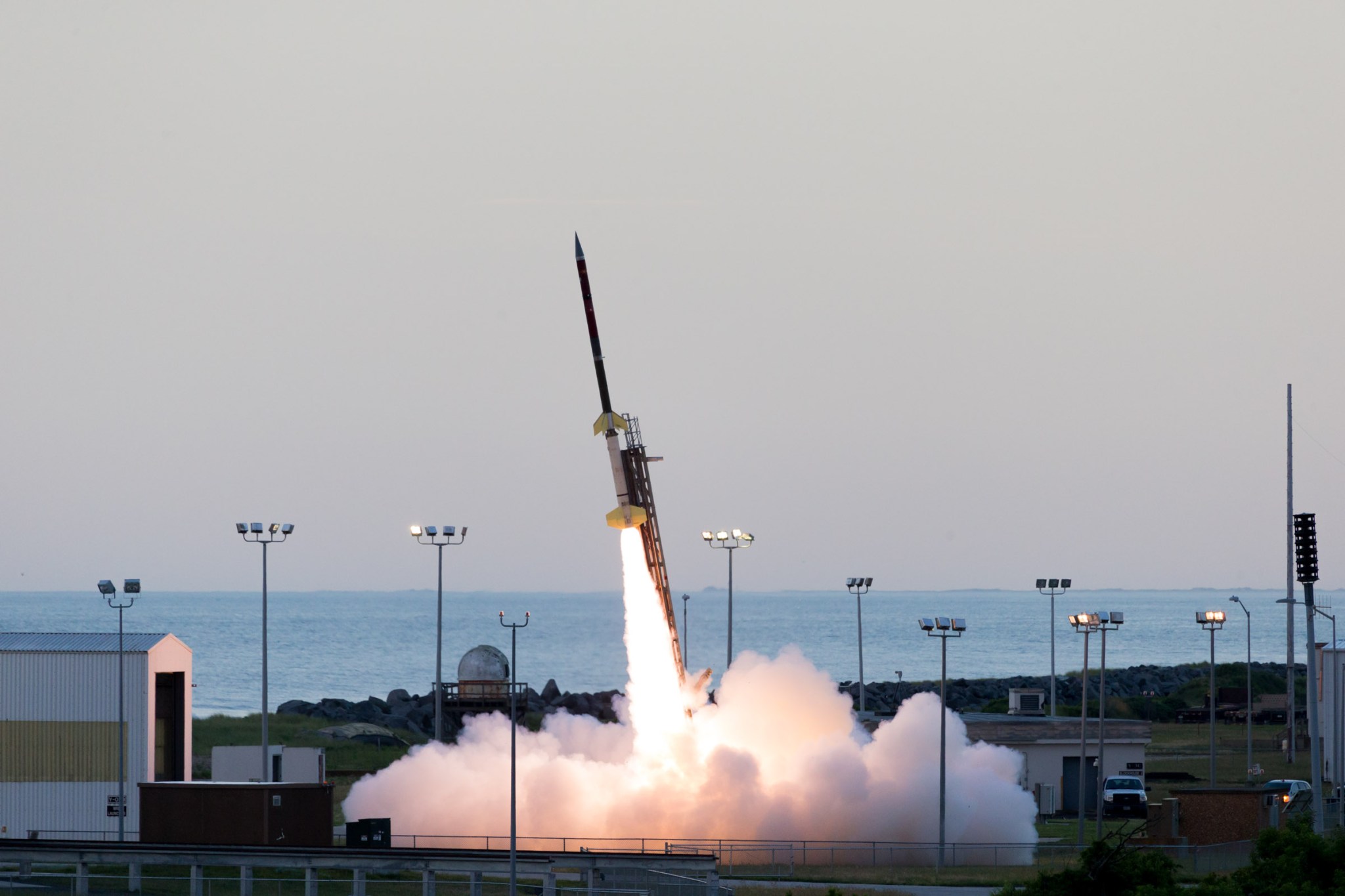
Sounding Rockets
Vapor Tracers
First used with sounding rockets flown in the 1950s, scientific research with experiments which inject vapor tracers in the upper atmosphere have greatly aided our understanding of our planet’s near-space environment.
Learn More about Vapor Tracers